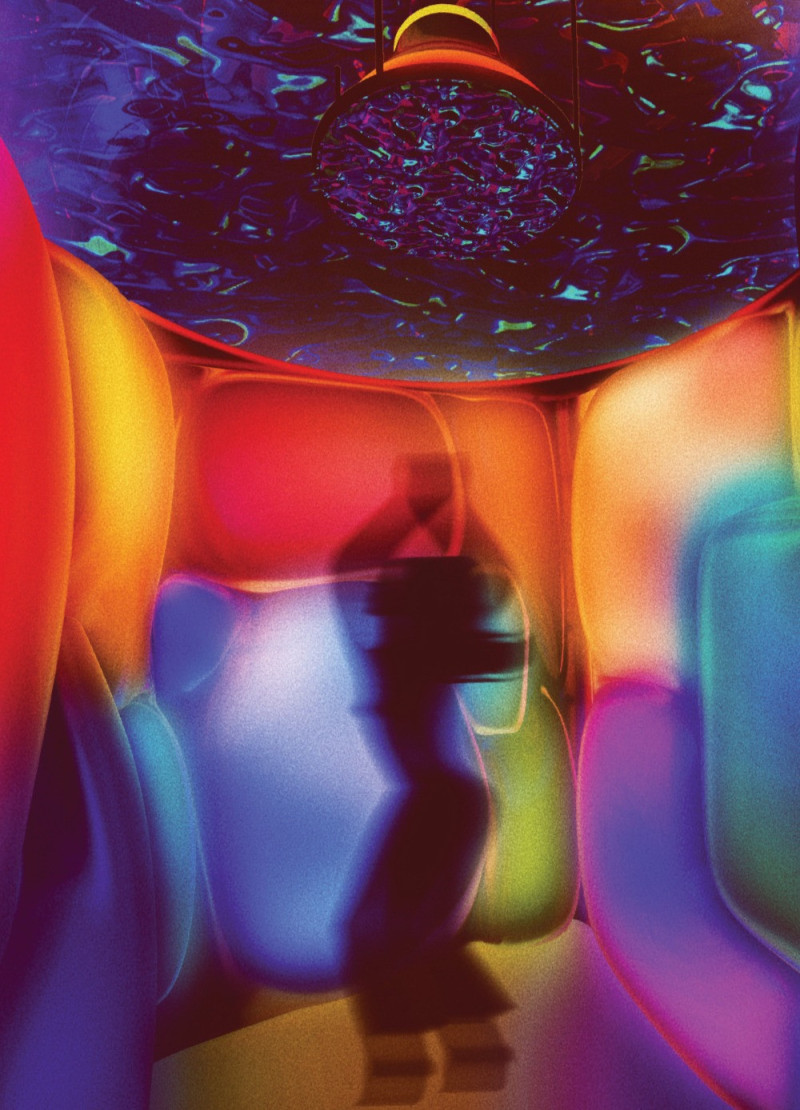5 key facts about this project
Forgotten Dreams is an exploration of urban nightlife that reimagines a standard portable toilet as a moving speakeasy. Located in areas such as Museum Island, Tempelhof Airport, and Berghain Club, it seeks to redefine social spaces in light of recent challenges in the nightlife scene. The design centers around themes of mobility and adaptability, creating opportunities for personal expression and community engagement.
Spatial Dynamics
The installation operates on a nomadic principle, changing locations to maintain an element of surprise and excitement. This approach allows it to engage with different neighborhoods, turning everyday urban settings into vibrant experiences. Users enjoy individual dance moments within a small but inviting environment, linking personal expression closely with the pulsating beats of techno music.
Facade and Light Interaction
The facade is constantly evolving, featuring artwork by local artists who contribute their designs through spray paint. This flexible surface changes regularly, sparking interest and inviting passersby to interact with it. Colorful lights shine through the facade, adding depth and creating an immersive atmosphere. The combination of light and shadow enriches the experience inside the booth, making it more engaging.
Material Palette
A careful selection of materials is central to the design. It features a biodegradable EFTE bubble membrane supported by a structural steel frame. This provides both a lightweight structure and a strong foundation. The membrane's ability to reflect light through its pigments enhances the visual appeal, while also aligning with eco-friendly design principles. Additional components such as an aluminum dome and multicolored LED lights contribute to the overall atmosphere, focusing on how lighting influences the experience.
Sound and Visual Integration
An interesting feature of Forgotten Dreams is a glass petri dish filled with water placed beneath a speaker. This design produces visual patterns that respond to sound vibrations, creating a connection between what is heard and what can be seen. This interplay adds a captivating layer to the user experience, effectively blending sound and visuals to create a memorable environment. The outcome is a space that embodies the rhythm and fluidity of nightlife, engaging users in multiple ways.


















































